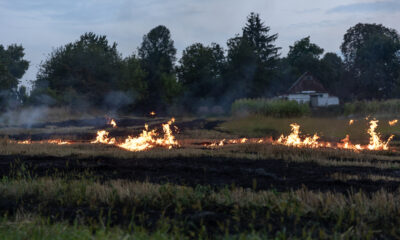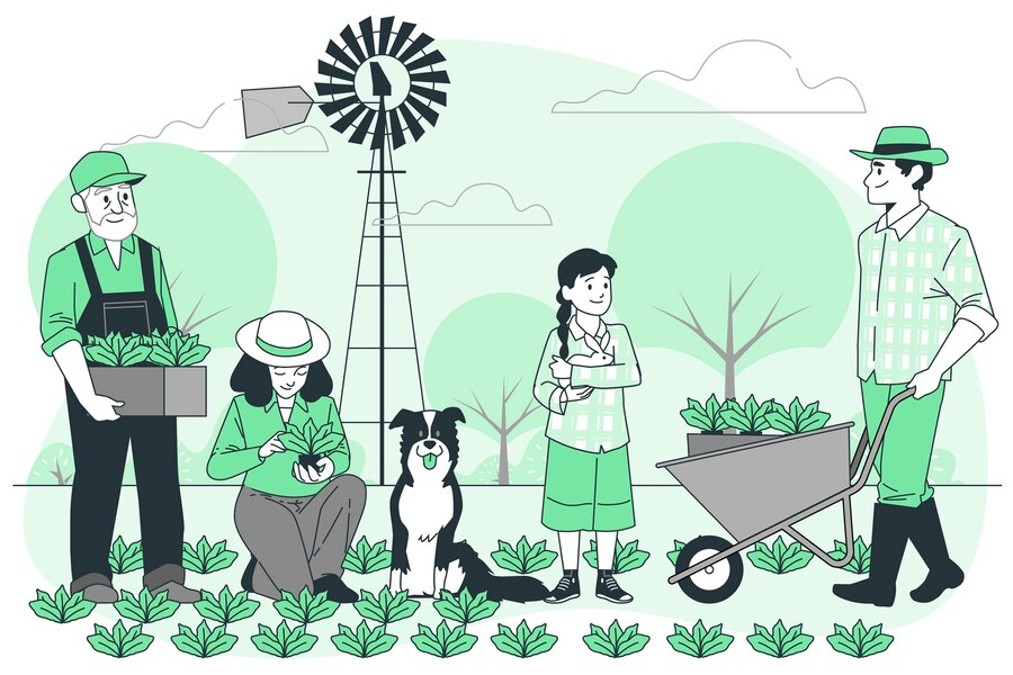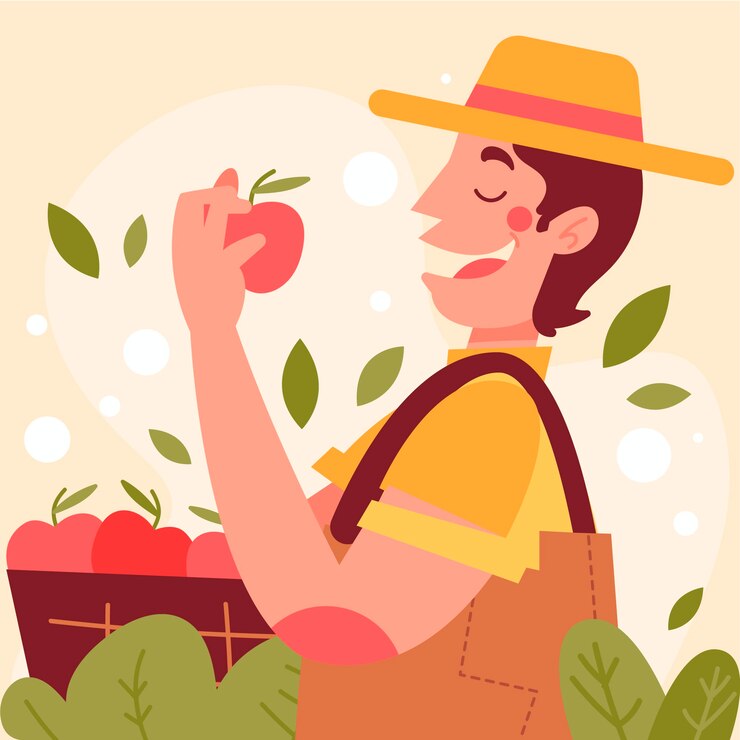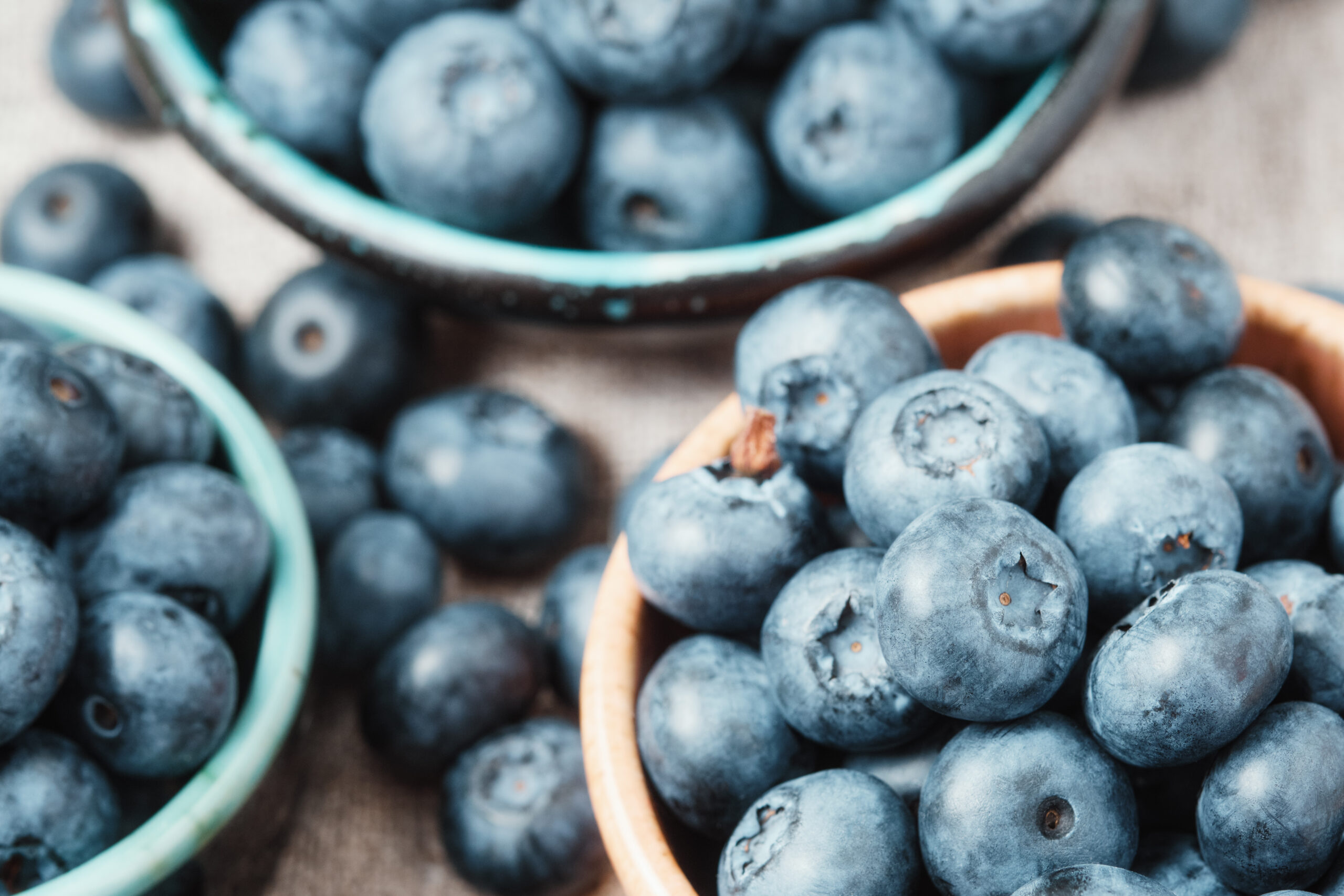Introduction
Ukraine’s blueberry industry has reason to celebrate, as experts predict that this year’s harvest will be safe from potential frosts. Despite early spring’s unpredictable weather patterns, various factors suggest that Ukraine’s blueberries will not face significant damage from cold temperatures. This is excellent news for the country’s agricultural sector, which has seen steady growth in blueberry production and exports in recent years.
The primary factor contributing to this optimism is the timing of the frost risk relative to the growth stage of the blueberry plants. Blueberries in Ukraine are generally planted and cultivated in regions where the threat of late frosts is minimal. This strategic location, combined with careful planning by farmers, ensures that the blueberry bushes have sufficient time to mature and develop frost-resistant characteristics before the colder weather sets in.
Additionally, modern agricultural practices and technology play a vital role in safeguarding blueberry crops. Many Ukrainian farmers employ advanced techniques such as protective covers and frost-resistant varieties, further mitigating the risk of damage from unexpected temperature drops. The use of weather forecasting and monitoring tools also allows farmers to anticipate and respond to adverse conditions swiftly.
These factors, among others, give experts confidence that Ukraine’s blueberries will remain largely unaffected by possible frosts, allowing for a successful harvest and continued growth in the industry.
Ukraine’s Blueberries
Ukraine’s blueberry harvest is poised for success this season, with experts suggesting that possible frosts won’t impact the crop significantly. This promising outlook is thanks to a combination of strategic farming practices and advanced agricultural technology.
One key reason for this confidence is the careful selection of planting regions, where late frosts are less likely to occur. This strategic choice helps ensure that blueberry bushes have ample time to develop their natural resistance to cold weather. Additionally, many Ukrainian farmers use frost-resistant varieties and protective measures, such as specialized covers, to guard against unexpected temperature drops.
Another crucial factor is the use of modern weather forecasting tools. These tools enable farmers to monitor weather patterns closely, allowing them to take proactive steps to protect their crops if frost threatens.
Overall, these combined efforts are likely to result in a robust blueberry harvest, reinforcing Ukraine’s growing reputation as a reliable source of high-quality blueberries.
Ukraine’s Blueberries Under Frost Protection, Expert Opinion
Ukraine’s blueberry industry is taking comprehensive measures to ensure the safety of its crops, even as experts warn of possible frosts. The blueberry harvest is critical to the country’s agricultural sector, and frost protection strategies are crucial to avoid significant losses.
One primary method is the use of frost-resistant blueberry varieties, which are bred to withstand colder temperatures. This approach allows farmers to cultivate crops in regions prone to temperature fluctuations. Additionally, many Ukrainian farmers use protective covers, like frost blankets or tunnels, to insulate the plants from sudden cold snaps.
Experts also point to modern weather monitoring systems as a vital tool in frost protection. These systems give farmers early warnings about temperature changes, allowing them to take swift action to safeguard their crops. By combining these strategies with strategic planting locations, Ukraine’s blueberry growers are well-positioned to withstand the risks posed by frost. This multi-layered approach offers a promising outlook for the nation’s blueberry harvest.
Conclusion
In conclusion, Ukraine’s blueberry industry has adopted a multi-faceted approach to safeguard its crops from the threat of frost, ensuring a promising outlook for this year’s blueberry harvest. By utilizing frost-resistant varieties, employing protective covers, and closely monitoring weather patterns, Ukrainian farmers are taking proactive measures to minimize the impact of cold temperatures.
The use of frost-resistant blueberry varieties has proven particularly effective, allowing farmers to cultivate their crops in areas where temperatures may fluctuate unexpectedly. Protective covers, such as frost blankets and tunnels, add an extra layer of security, insulating plants against sudden temperature drops.
Modern weather monitoring systems play a critical role in these efforts, providing farmers with real-time data on weather conditions. This enables them to act quickly if frost warnings arise, taking the necessary precautions to protect their crops.
With these measures in place, experts believe that Ukraine’s blueberry growers are well-prepared to face the challenges posed by frost. This confidence is not only reassuring for the agricultural sector but also for the broader economy, as a successful blueberry harvest contributes to Ukraine’s reputation as a reliable source of high-quality produce. As the season progresses, the industry will continue to rely on these protective strategies to ensure a successful and bountiful harvest.


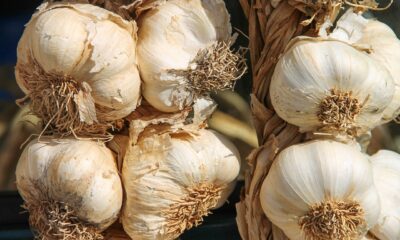

 Environmental Sustainability1 year ago
Environmental Sustainability1 year ago
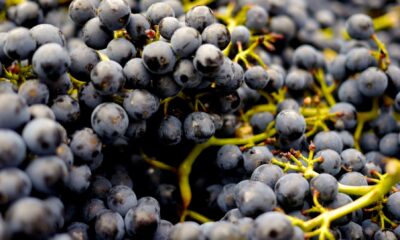

 Agriculture, Transportation & Logistics7 months ago
Agriculture, Transportation & Logistics7 months ago


 Agriculture, Transportation & Logistics1 year ago
Agriculture, Transportation & Logistics1 year ago
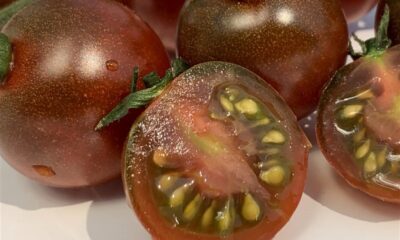

 Food Safety & Quality Control1 year ago
Food Safety & Quality Control1 year ago
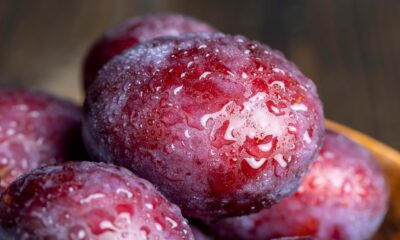

 Food Safety & Quality Control7 months ago
Food Safety & Quality Control7 months ago


 Food Safety & Quality Control1 year ago
Food Safety & Quality Control1 year ago
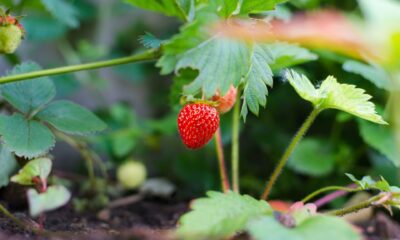

 Agriculture, Transportation & Logistics11 months ago
Agriculture, Transportation & Logistics11 months ago


 International Trade & Commerce1 year ago
International Trade & Commerce1 year ago










